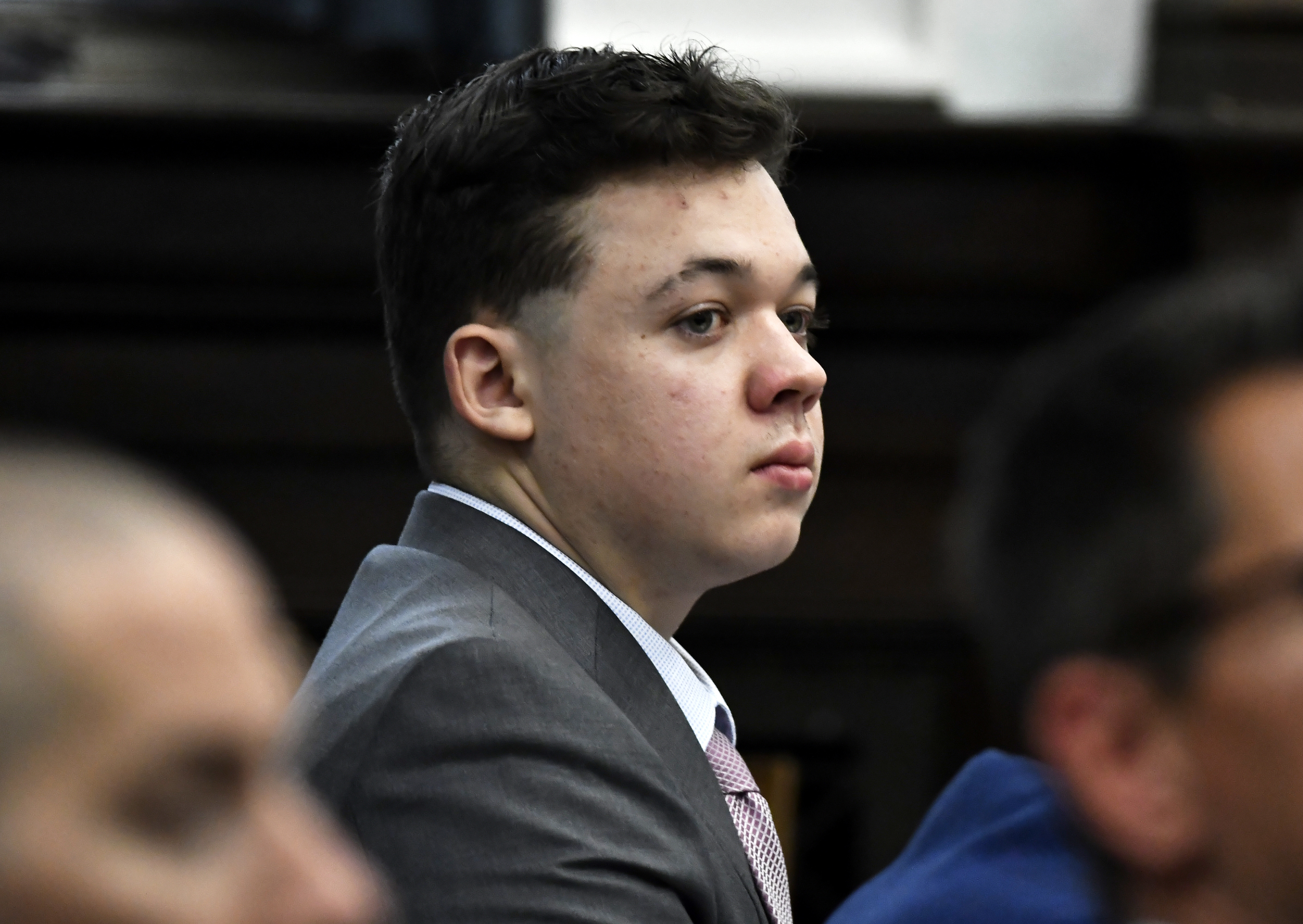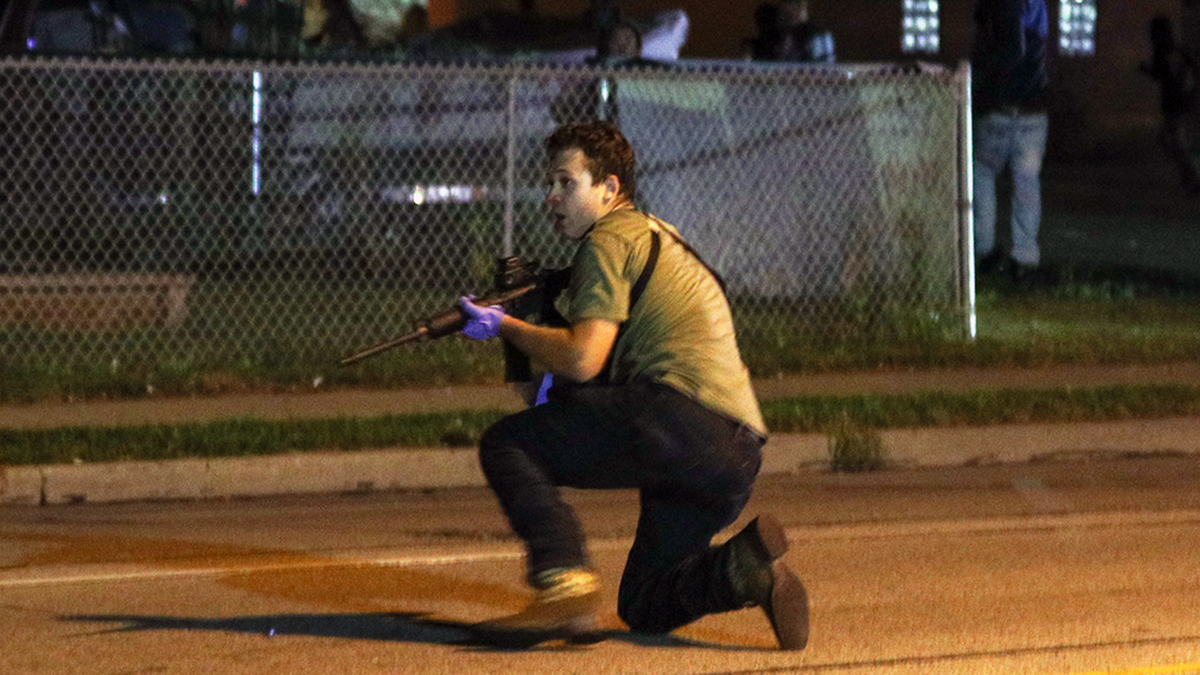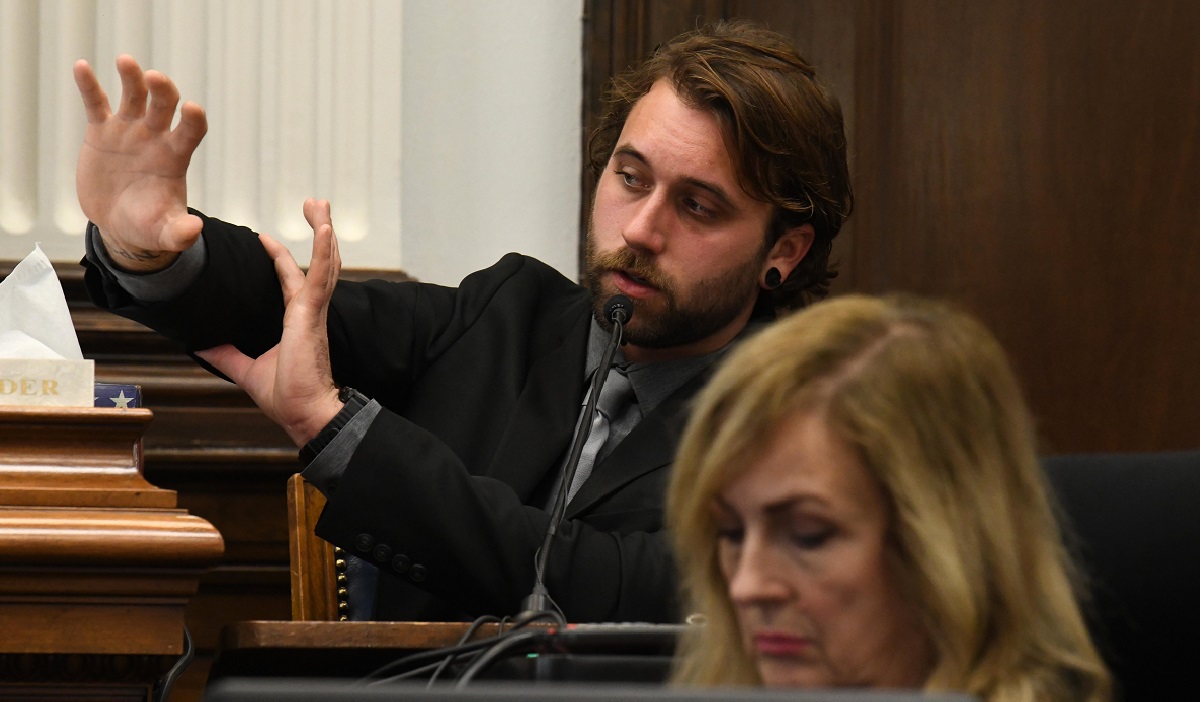BREAKING: A jury has found Kyle Rittenhouse not guilty on all counts in his murder trial connected to the shootings of three people during unrest in Kenosha during the summer of 2020. Details here.
Kyle Rittenhouse took the stand Wednesday to testify in his own murder trial, detailing the night he shot three people, killing two of them, during unrest in Kenosha, saying that he opened fire out of self defense and "didn't do anything wrong."
Rittenhouse sobbed so hard at one point that the judge declared a break. But otherwise, he was composed on the stand, even as he was being cross-examined aggressively.
Rittenhouse’s decision to testify carried certain risk — including the possibility of fierce cross-examination from prosecutors — and came despite doubts among some legal experts about the value of him taking the stand, given the apparent weaknesses in the state's case.
Re-watch his testimony so far in the case. (Note: Watch live from the courtroom here. Video of the testimony will be added here after it happens)
Feeling out of the loop? We'll catch you up on the Chicago news you need to know. Sign up for the weekly Chicago Catch-Up newsletter.
Rittenhouse's testimony comes on the second day since the defense began its case.
The defense called its first witnesses to the stand Tuesday after the prosecution rested following more than five days of witness testimony, some of which appeared to reinforce Rittenhouse's self-defense claim.
Rittenhouse, now 18, killed two men and wounded a third during a night of turbulent demonstrations against racial injustice in Kenosha in the summer of 2020.
The former police youth cadet from Antioch, Illinois, had gone to Kenosha with an AR-style semi-automatic rifle and a medical kit in what he said was an effort to protect property from the damaging protests that broke out over the shooting of Jacob Blake, a Black man, by a white Kenosha police officer.
While Rittenhouse is white, as were those he shot, the case has stirred debate over vigilantism, the right to bear arms and the unrest that erupted around the U.S. that summer over the killing of George Floyd and other police violence against Black people.
Wisconsin’s self-defense law allows someone to use deadly force only if “necessary to prevent imminent death or great bodily harm.” The jury must decide whether Rittenhouse believed he was in such peril and whether that belief was reasonable under the circumstances.





